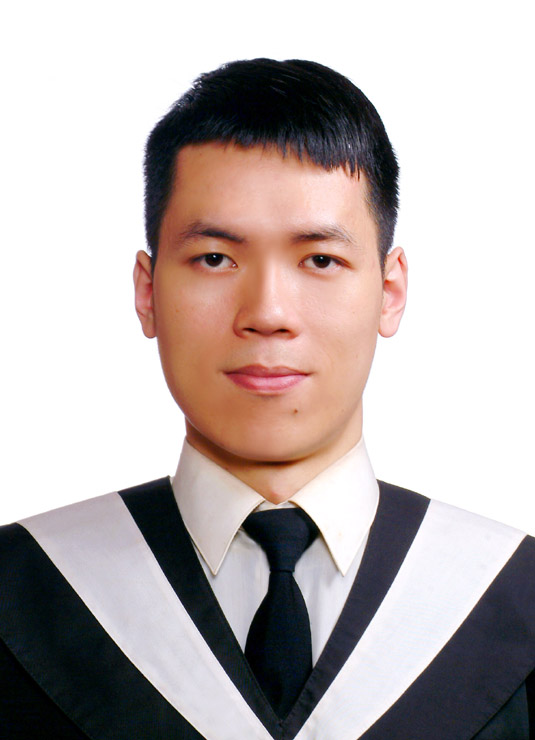Description
Objectives
The aim of this study was to analyze muscle activity patterns using positron emission tomography (PET) in patients with different types of massive rotator cuff tears (MRCT) and preserved active forward elevation range of motion (ROM), thereby elucidating the adaptive mechanisms underlying shoulder movements.
Methods
Eighteen patients with MRCT were categorized into two groups based on tear patterns: anterosuperior MRCT involving supraspinatus and subscapularis, and posterosuperior MRCT involving supraspinatus and infraspinatus. An additional control group comprising four healthy volunteers was included. Subjects engaged in 200 repetitions of scaption exercise using bilateral arms over a span of 10 minutes, each holding a 0.25 kg dumbbell, both before and after fluorodeoxyglucose injection. PET analysis was then performed to calculate the standardized uptake value (SUV) of the rotator cuff muscles, deltoid muscle (all three heads), and periscapular muscles (levator scapulae, rhomboids, trapezius, serratus anterior, pectoralis major, teres major, and latissimus dorsi) to quantify their activity. SUVs were statistically compared among the three groups using Kruskal-Wallis test followed by post-hoc Dunn's test.
Results
In the MRCT groups, the activity of the supraspinatus muscle was significantly reduced compared to the control group (p = 0.037). Activities of other rotator cuff muscles and the deltoid muscle did not show significant differences across the groups. Conversely, the activities of periscapular muscles were notably elevated in MRCT patients. The SUV of pectoralis major and rhomboids was significantly higher in posterosuperior MRCT patients than in the anterosuperior MRCT and control groups (p = 0.050 and p = 0.040, respectively). The SUV of teres major was significantly higher in both anterosuperior and posterosuperior MRCT patients than in the control group (p = 0.041). Additionally, there was a trend towards increased SUV of latissimus dorsi in posterosuperior MRCT patients compared to the control group (p = 0.087).
Conclusions




